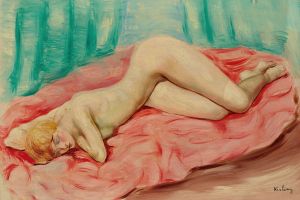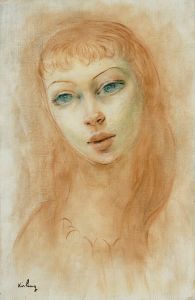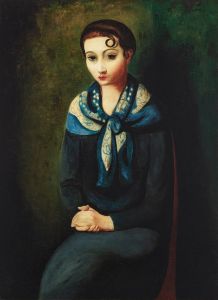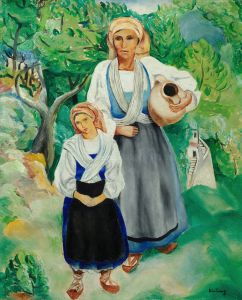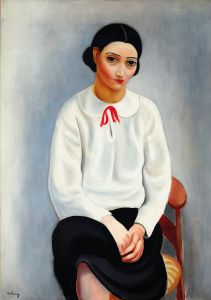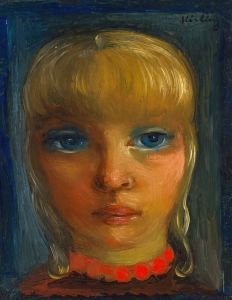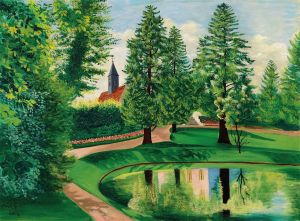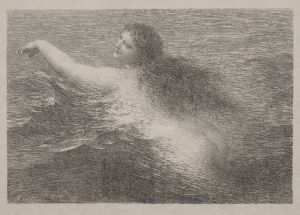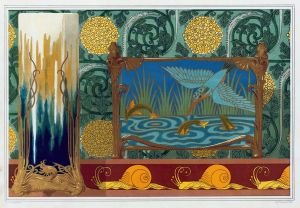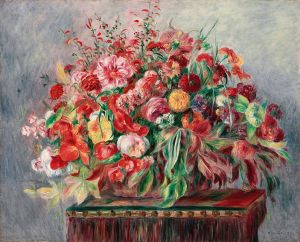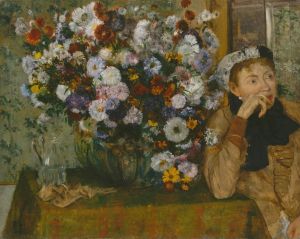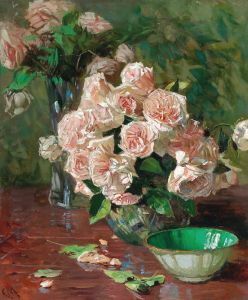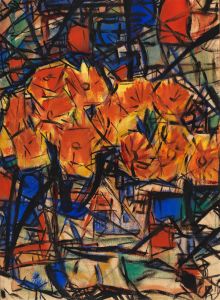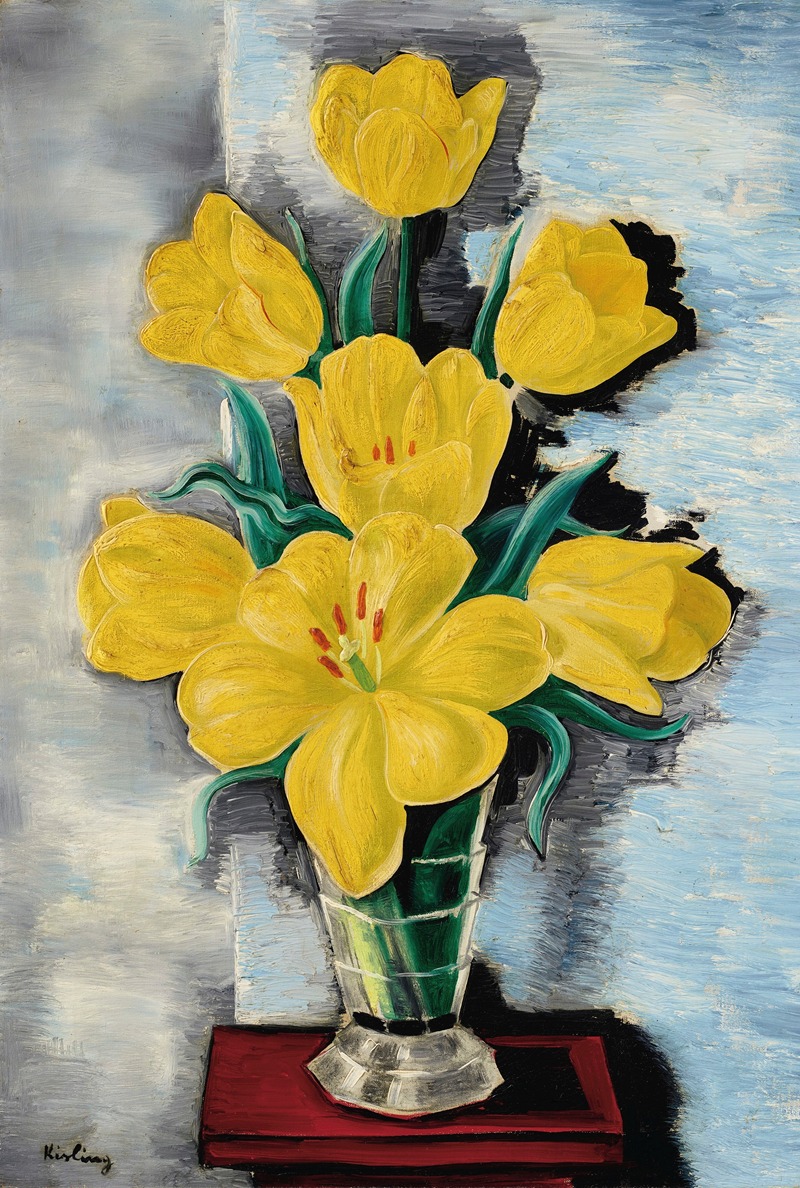
Vase de tulipes
A hand-painted replica of Moïse Kisling’s masterpiece Vase de tulipes, meticulously crafted by professional artists to capture the true essence of the original. Each piece is created with museum-quality canvas and rare mineral pigments, carefully painted by experienced artists with delicate brushstrokes and rich, layered colors to perfectly recreate the texture of the original artwork. Unlike machine-printed reproductions, this hand-painted version brings the painting to life, infused with the artist’s emotions and skill in every stroke. Whether for personal collection or home decoration, it instantly elevates the artistic atmosphere of any space.
Moïse Kisling, a Polish-born French painter, is renowned for his vibrant and expressive works, particularly his portraits and still lifes. One of his notable paintings is "Vase de tulipes," which exemplifies his unique style and mastery of color and form. Kisling was born on January 22, 1891, in Kraków, which was then part of the Austro-Hungarian Empire. He moved to Paris in 1910, where he became an integral part of the Montparnasse art scene, mingling with other artists such as Amedeo Modigliani, Pablo Picasso, and Jules Pascin.
"Vase de tulipes" is a still life painting that showcases Kisling's ability to infuse everyday objects with a sense of vitality and emotion. The painting features a vase filled with tulips, rendered in a vivid and dynamic manner. Kisling's use of bold colors and strong contrasts is evident in this work, as he captures the delicate beauty of the tulips against a contrasting background. The composition is carefully balanced, with the flowers arranged in a way that draws the viewer's eye across the canvas, highlighting Kisling's skillful manipulation of form and space.
Kisling's style is often associated with the School of Paris, a group of artists who were active in the French capital during the early 20th century. His work is characterized by a blend of realism and modernism, with a focus on capturing the essence of his subjects through expressive brushwork and vibrant color palettes. In "Vase de tulipes," Kisling's modernist approach is evident in the way he simplifies forms and emphasizes the interplay of light and shadow, creating a sense of depth and movement within the still life.
Throughout his career, Kisling was celebrated for his ability to convey emotion and character in his paintings. His still lifes, such as "Vase de tulipes," are no exception, as they reflect his deep appreciation for the beauty of the natural world and his talent for transforming ordinary objects into works of art. Kisling's attention to detail and his ability to capture the subtle nuances of color and texture are evident in this painting, making it a testament to his artistic prowess.
Kisling's work was well-received during his lifetime, and he exhibited widely in France and abroad. His paintings were sought after by collectors and art enthusiasts, and he gained a reputation as one of the leading artists of his time. Despite facing challenges during World War II, including being forced to flee France due to his Jewish heritage, Kisling continued to paint and create art until his death on April 29, 1953, in Sanary-sur-Mer, France.
Today, "Vase de tulipes" remains an important example of Kisling's contribution to the art world. It is a reflection of his unique artistic vision and his ability to capture the beauty and complexity of the world around him. The painting continues to be admired for its vibrant colors, dynamic composition, and the emotional depth that Kisling was able to convey through his masterful use of paint and brush.





